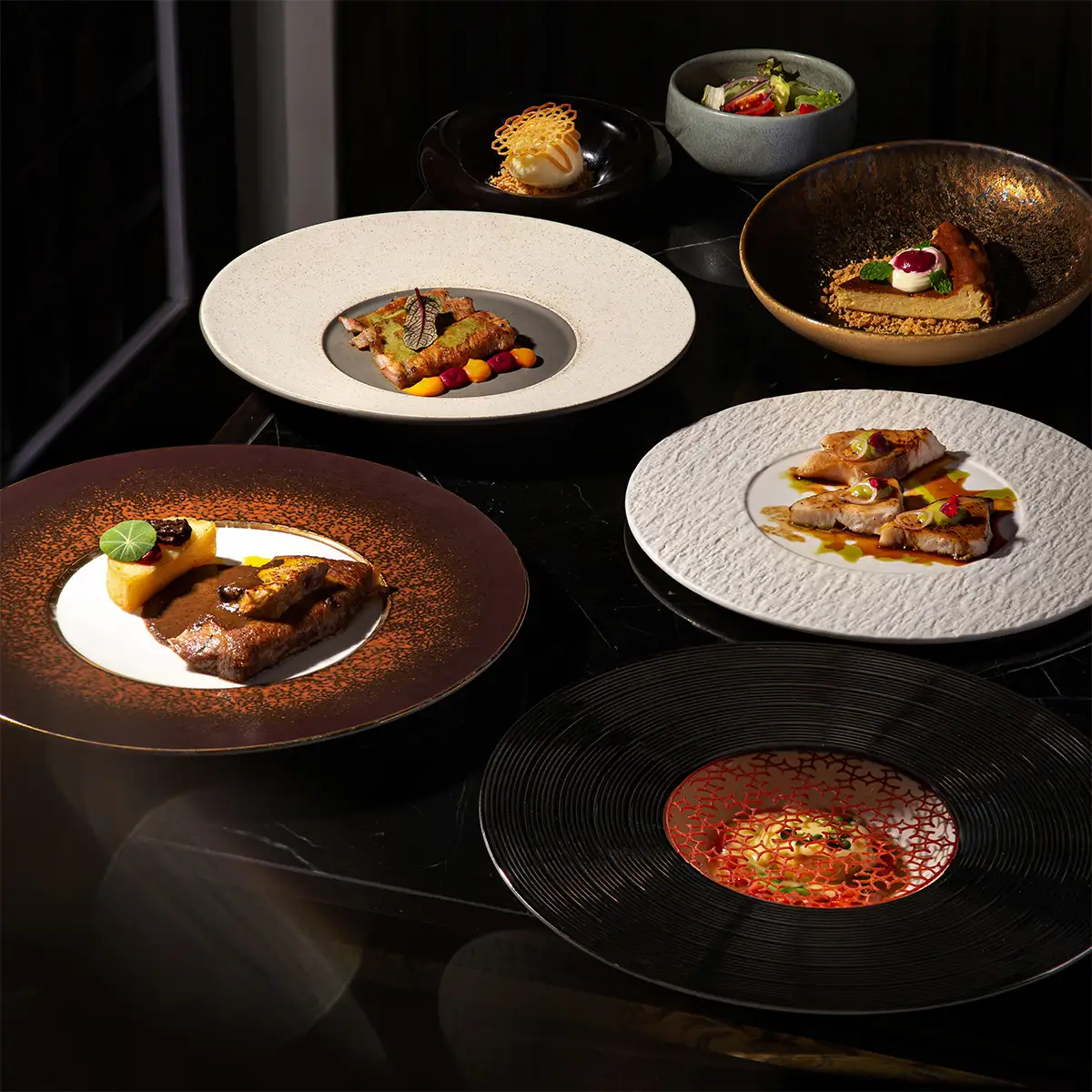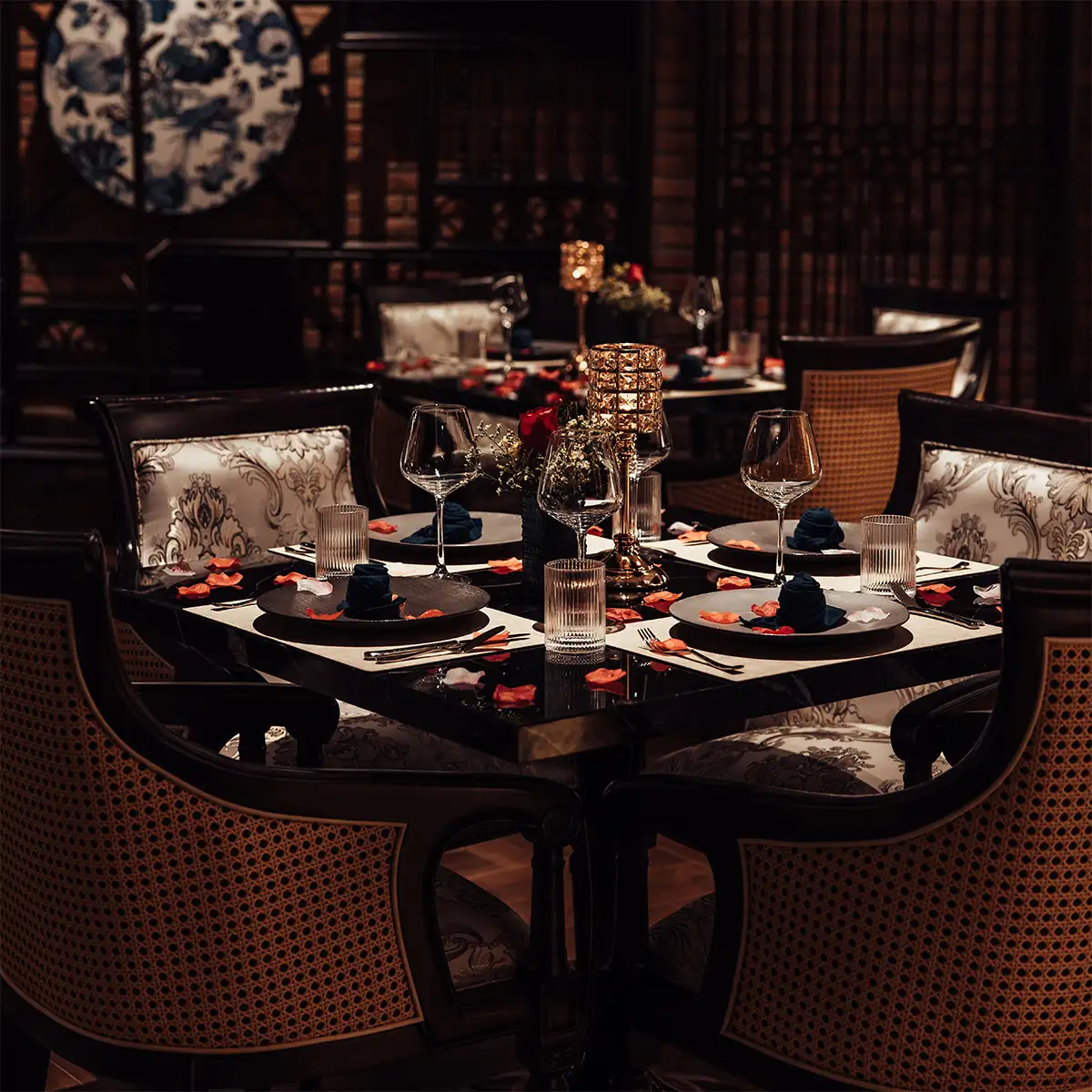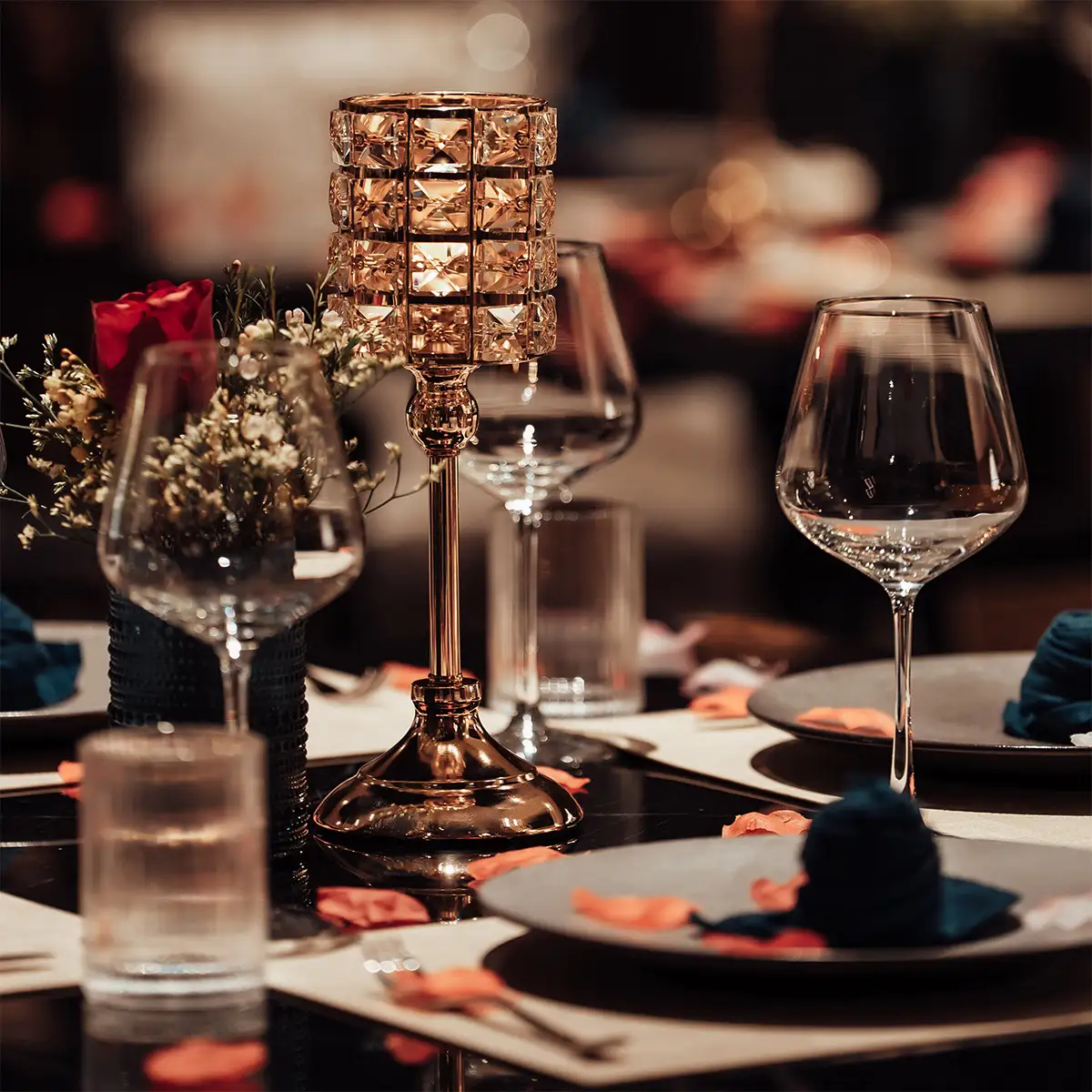- 1. What defines a high-end wine glass?
- 1.1. Material superiority: Lead-free crystal
- 1.2. Craftsmanship and design precision
- 1.3. The aesthetic and tactile experience
- 2. The profound impact on aroma and taste
- 2.1. The science of glass shape and aroma delivery
- 2.2. Enhancing specific wine characteristics
- 3. Matching the glass to the grape: Specialized stemware
- 4. Investing in quality: A statement of excellence
- 5. Care and maintenance for lasting brilliance
In the world of fine dining, every detail matters, and the vessel from which wine is enjoyed is no exception. A wine glass is far more than just a container; it is a crucial tool that profoundly influences the wine experience. This article will explore the science, artistry, and undeniable impact of high-end wine glasses on the perception of fine wines, revealing why the proper luxury stemware is not an indulgence, but a necessity for true wine appreciation.
1. What defines a high-end wine glass?
The distinction between standard glassware and a premium vessel lies in a trinity of factors: superior material, precision craftsmanship, and the intangible sensory delight it provides.
1.1. Material superiority: Lead-free crystal
The foundation of any piece of exceptional glassware is its material. Modern high-end wine glasses are crafted from lead-free crystal, a substance far superior to traditional glass. This superiority is quantifiable. Scientifically, the brilliance of crystal comes from its higher refractive index. While standard glass is made primarily of silica, soda, and lime, fine crystal incorporates metallic oxides like barium or zinc oxide. These denser elements cause light to bend and scatter more dramatically as it passes through, creating a visible sparkle and prism-like effect that enhances the wine's color and visual appeal.
Beyond its brilliance, lead-free crystal allows for a thinner, yet more resilient, construction. This delicacy is not just for aesthetics; a razor-thin rim removes the physical barrier between the wine and the palate, delivering the liquid smoothly and without distraction. Furthermore, the molecular structure of crystal gives it a resonant quality, producing a clear, satisfying chime when tapped—a subtle acoustic signature of its quality.
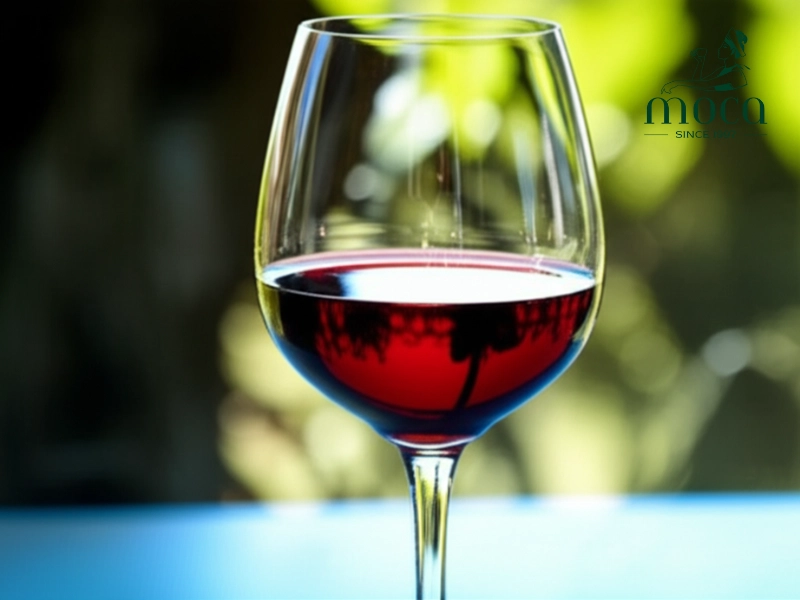
Lead-free crystal — clarity, elegance, excellence.
1.2. Craftsmanship and design precision
The difference between a hand-blown glass and its machine-made counterpart is the difference between a bespoke suit and one bought off the rack. Artisans who create premium stemware by hand imbue each piece with a unique character.
The process allows for a seamless construction where the bowl, stem, and base are one continuous piece, eliminating the weak points and clunky feel of fused glass. The result is a perfectly balanced instrument, feeling almost weightless in the hand, with a delicate rim and an elegant stem that prevents the warmth of the hand from altering the wine's temperature. This artisanal quality is the hallmark of true luxury.
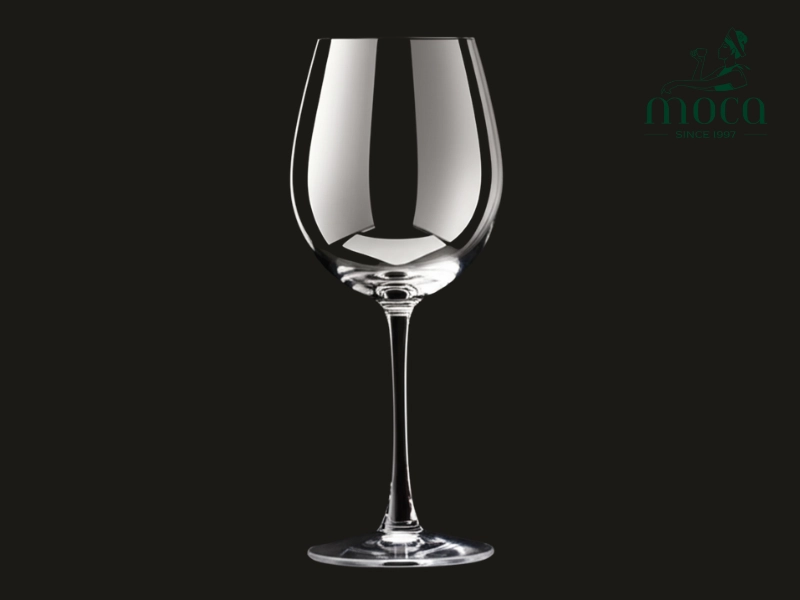
Artisan mastery — each glass a unique creation.
1.3. The aesthetic and tactile experience
A high-end wine glass is an integral part of the tablescape and the overall luxury of a fine dining setting. Its clarity and brilliance are the perfect frame for a fine vintage, while its elegant form and delicate feel elevate the act of drinking wine into a more profound ritual. Holding a finely crafted glass prepares the mind and palate for the quality it is about to receive, creating an anticipatory synergy that enhances the entire sensory journey.
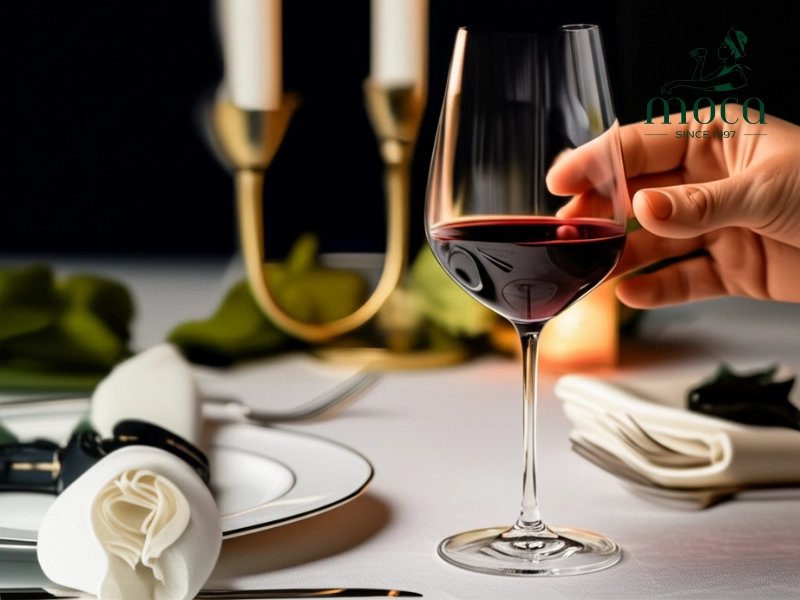
A touch of elegance — where the tasting journey begins.
2. The profound impact on aroma and taste
The most critical function of quality glassware is its ability to translate a wine's complex profile to our senses. This is not a subjective opinion, but a matter of physics and chemistry.
2.1. The science of glass shape and aroma delivery
A wine's aroma, or "nose," accounts for the vast majority of its perceived flavor. The shape of the glass is engineered to optimize this. A wide bowl, for instance, increases the wine's surface area, which promotes aeration—the interaction with oxygen that allows volatile aromatic compounds to be released.
As you swirl the wine, these aromas are collected in the upper portion of the bowl. A tapered rim then acts as a funnel, concentrating these delicate notes and delivering them directly to the nose with each sip. A glass with a wide-open rim would allow these precious aromas to dissipate, while one with a properly focused opening ensures a more intense and nuanced sensory experience.
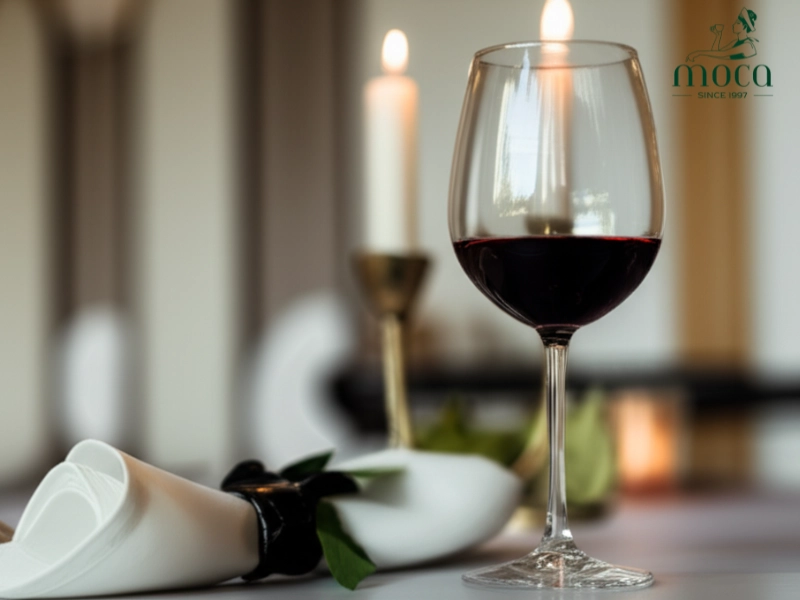
Shape guides scent — science in every sip.
2.2. Enhancing specific wine characteristics
Beyond aroma, the glass's design influences every aspect of the wine. It helps maintain the ideal temperature, directs the flow of wine onto the palate to accentuate or soften certain characteristics (like acidity or tannins), and allows for proper aeration.
This is where the concept of "terroir"—a wine's sense of place—is truly expressed. A glass designed for a specific grape varietal can unlock the subtle notes of soil, climate, and winemaking philosophy that define its origin, presenting the wine exactly as the vintner intended.
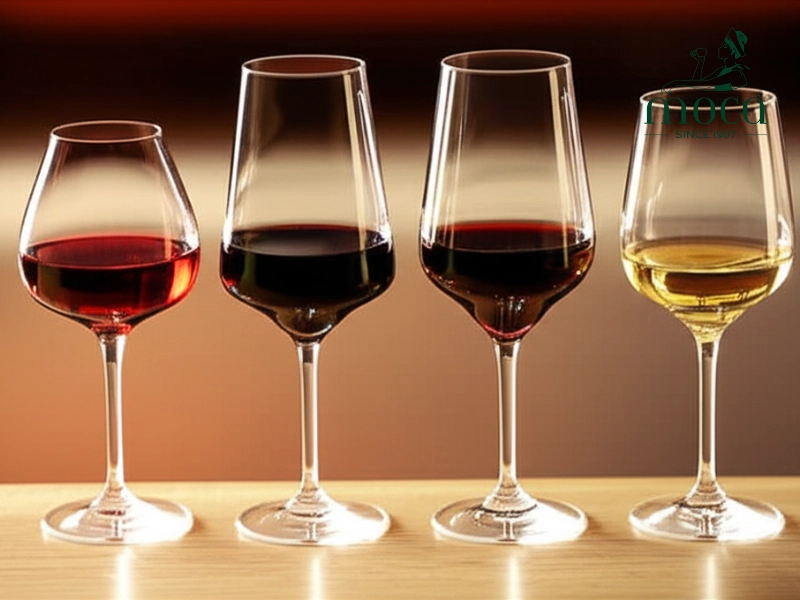
Each shape, a messenger of origin.
3. Matching the glass to the grape: Specialized stemware
The idea that one shape fits all is a compromise. For the ultimate wine appreciation, specialized stemware is indispensable.
- Bordeaux vs. burgundy: This is the classic distinction. The tall, broad-shouldered Bordeaux glass is designed for full-bodied red wines like Cabernet Sauvignon and Merlot. Its large surface area allows these powerful, tannic wines to breathe, softening their structure and revealing complex layers of flavor. In contrast, the wide, balloon-shaped Burgundy glass is perfect for more delicate aromatic reds like Pinot Noir. The expansive bowl captures every nuance of its perfume, while the inwardly curved rim focuses these aromas for an immersive experience.
- Champagne flutes vs. coupes: The tall, narrow Champagne flute is a triumph of function. It is designed to preserve the wine's effervescence by minimizing the surface area, which keeps the bubbles from dissipating too quickly. Its shape also directs a steady stream of bubbles and their accompanying aromas upward. The wide, shallow coupe, while romantic, allows carbonation and aroma to escape almost immediately.
- White wine and universal glasses: White wine glasses are generally smaller-bowled to preserve the cooler temperature and concentrate their more delicate floral and fruit notes. For those who prefer versatility, a well-designed universal glass offers an excellent compromise, featuring a bowl large enough for reds but with a taper that also suits whites.
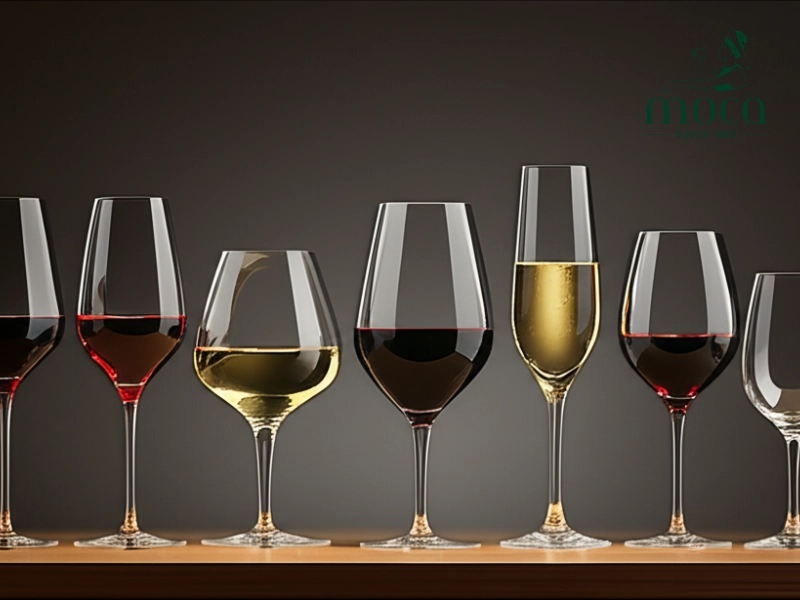
Shape isn’t just style — it’s the science of experience.
4. Investing in quality: A statement of excellence
For both the connoisseur and the fine dining establishment, the investment in high-end wine glasses pays dividends in the form of elevated experience and brand prestige.
A great wine served in an inferior glass is a story half-told. The right vessel transforms a good wine into a truly exceptional one, unlocking its full potential and creating a memorable moment for the guest. While they may seem fragile, high-quality fine crystal glasses are surprisingly resilient with proper wine glass care.
More importantly, for a restaurant, the choice of stemware is a clear statement of its commitment to excellence. Renowned establishments like The French Laundry and Eleven Madison Park are known for their exceptional glassware collections, often featuring premier brands like Zalto and Riedel. This choice signals to discerning guests that no detail is too small in the pursuit of perfection.
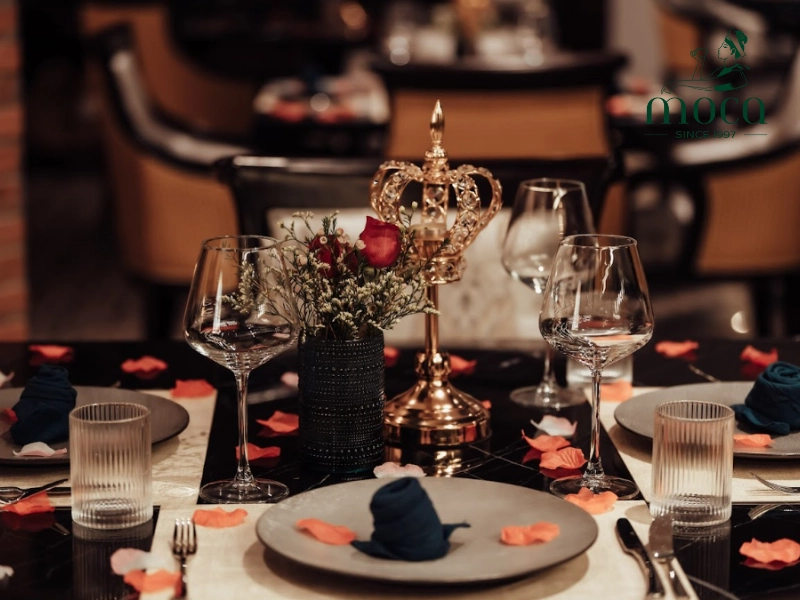
A wine glass holds more than wine — it holds prestige.
5. Care and maintenance for lasting brilliance
Preserving the integrity of fine crystals requires mindful handling. Handwashing with warm water and a soft sponge is always preferable to a dishwasher, which can cause etching over time. For a streak-free shine, polishing with a lint-free microfiber cloth is essential. When storing, ensure glasses are not crowded together to prevent chipping. Proper wine glass care will ensure these beautiful instruments last for years, ready to elevate countless future experiences.
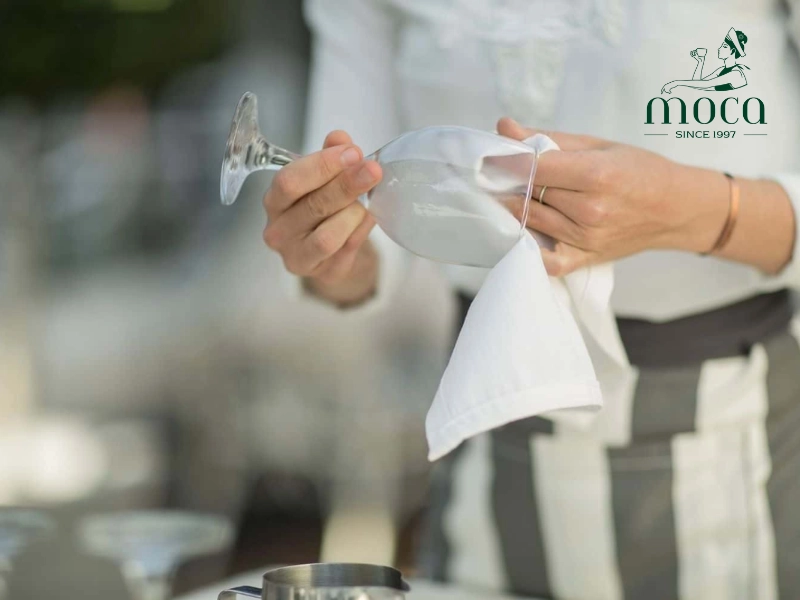
Preserving beauty — one glass, one moment at a time.
To conclude, high-end wine glasses are not merely luxury items but essential instruments that unlock the full potential of fine wines. Their critical role in enhancing the sensory journey, from the first glance of the wine's color to the lingering complexity of its finish, cannot be overstated. At Moca Dining, we believe that every element of your dining experience should be exceptional. That’s why we meticulously select our stemware to complement our exquisite wine list, ensuring each sip is a revelation. Discover the difference true quality makes. Reserve your table at Moca Dining and indulge in a perfectly curated culinary and oenological journey.







